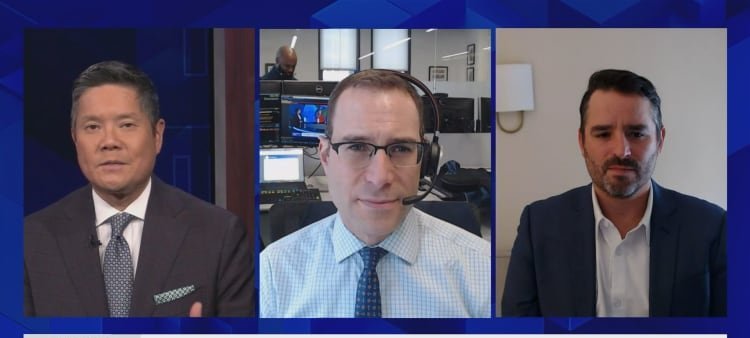Data compiled by FactSet show that defensive sectors such as consumer staples, health care, energy and utilities collectively stand at an all-time low of 19 percent of the index. The outsized tech presence has left some investors worried that an ostensibly diversified large-cap fund is overly reliant on a handful of companies tied to artificial intelligence and cloud computing.
Filmore and Sohn both said the search for broader exposure is pushing traders toward smaller companies. Evidence of that rotation can be found in the Russell 2000, the primary small-cap gauge. The index reached an all-time high on Wednesday and logged its strongest weekly gain since August, rising more than 28 percent over the past six months—outpacing the S&P 500 during the same period. Earlier in April, the Russell 2000 crossed the 2,500-point threshold for the first time.
Sohn suggested that investors comfortable with their existing allocations to technology and artificial intelligence are now adding exposure in areas that have lagged over the last several years. “The broadening appears to be occurring outside the large-cap space,” he said, pointing to the relative strength of small-cap ETFs.
The conversation comes as earnings season shifts into high gear. Five members of the so-called “Magnificent 7”—Meta Platforms, Alphabet, Microsoft, Apple and Amazon—are scheduled to release quarterly results next week. Collectively, these companies carry significant weight in both the S&P 500 and the Nasdaq-100, reinforcing the concentration issue highlighted by Filmore and Sohn.
Portfolio managers who once relied almost exclusively on cap-weighted index ETFs are now evaluating equal-weight products, factor-based funds and actively managed strategies in an attempt to reduce reliance on mega-cap growth names. Some are exploring sector-specific offerings in areas such as industrials and financials, which have lower representation in the S&P 500.

Imagem: Internet
The debate over concentration risk is not limited to private firms. Earlier this year, the Bank for International Settlements flagged the potential for volatility if a small group of technology stocks were to suffer a sudden reversal. The institution urged investors to monitor liquidity conditions in widely held passive vehicles that could face redemption pressure under stress.
Still, advocates of market-capitalization ETFs argue that tilting away from the largest companies can introduce its own set of risks. Mega-cap technology firms have consistently delivered earnings growth and maintain strong balance sheets, factors that have supported their premium valuations. Critics counter that similar arguments were made during previous periods of market concentration, including the dot-com era.
According to S&P Dow Jones Indices, the top five constituents of the S&P 500 accounted for nearly one-quarter of the index’s market capitalization at the end of March, a level last seen in 2020. The firm also noted that dispersion among sector returns has widened, increasing the challenge of achieving balanced exposure through a single broad-based fund.
For the moment, the appetite for diversification is translating into higher flows for small-cap and international ETFs. Whether that trend continues may depend on upcoming earnings reports from the most influential technology firms and the market’s interpretation of Federal Reserve policy later this year.
Crédito da imagem: CNBC



